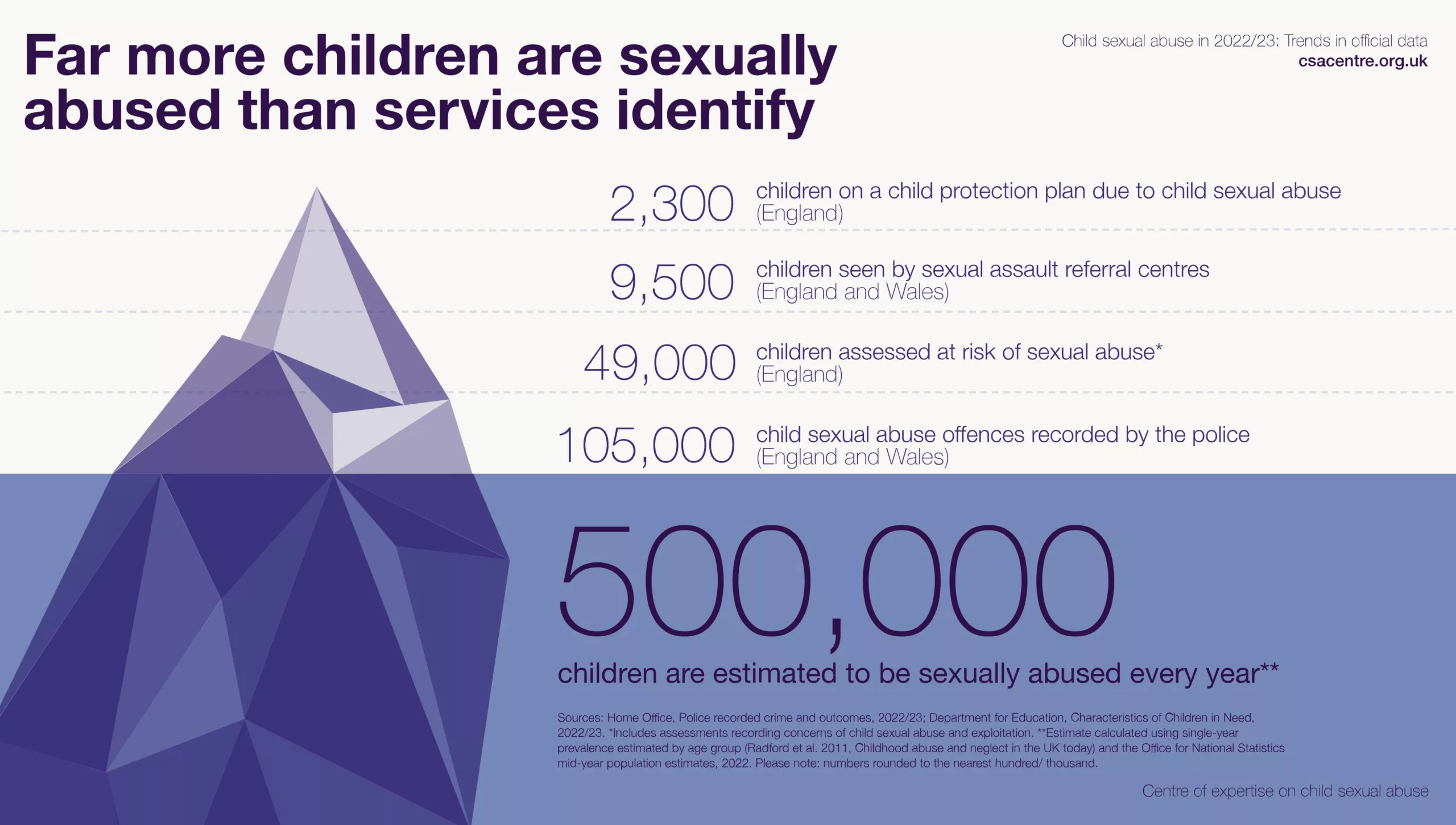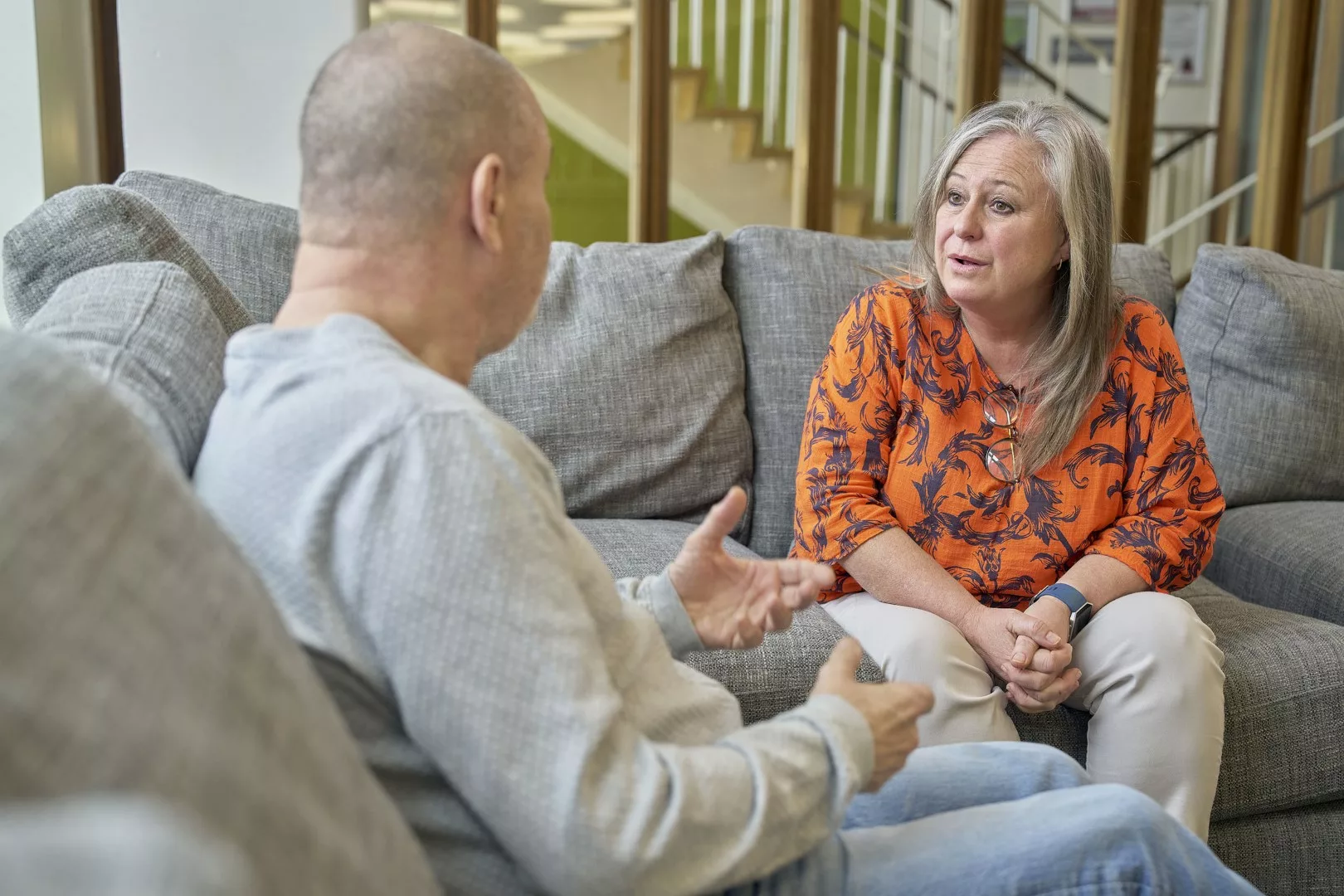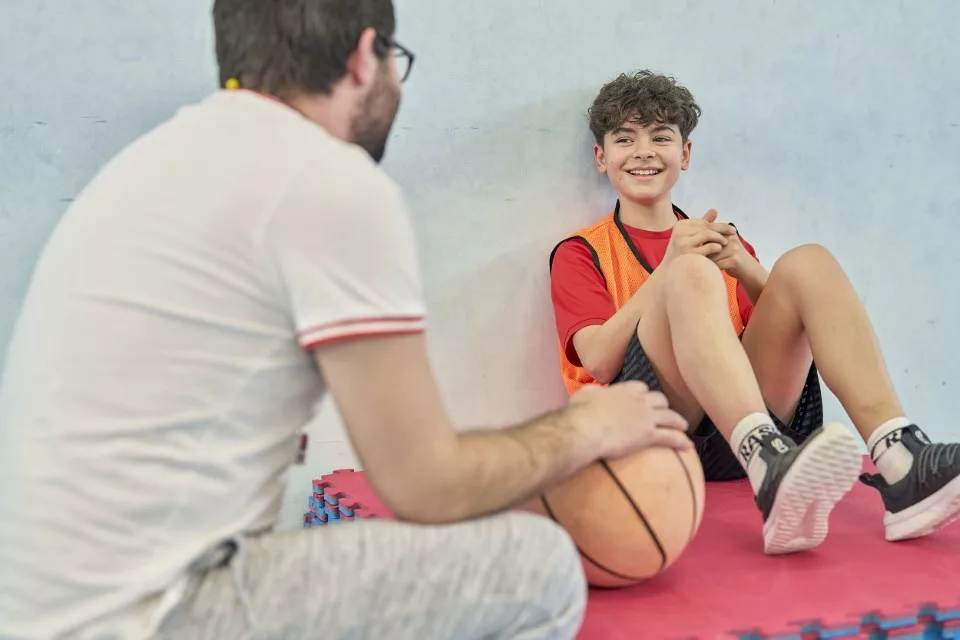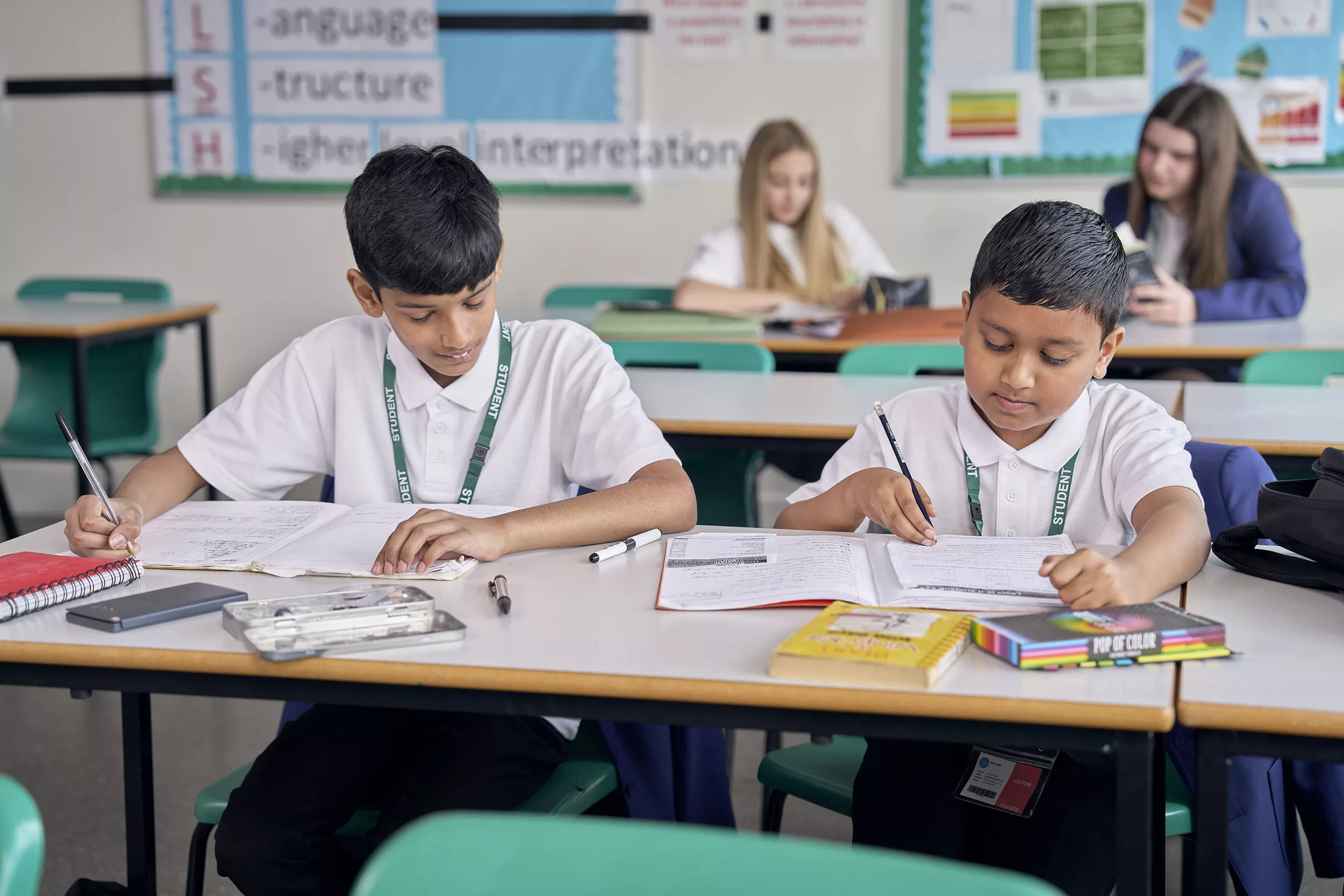
Scale & nature of abuse
To tackle child sexual abuse, we need to understand its causes, scope, scale, and impact. Our research establishes what we know about child sexual abuse, and what gaps still exist in our knowledge.
Trends in official data 2023/24
Our latest annual report collates of the latest data across local authorities, policing, criminal justice and sexual assault referral centres collated to explore how child sexual abuse is being identified and responded to in England and Wales in 2023/24.

Data Insights Hub
Our Data Insights Hub is an interactive online dashboard that gives instant access to local and national data on child sexual abuse in England and Wales, including the latest official data from local authority children’s services and police forces taken from our new 2023/24 Trends in official data report.
Try the Data Insights Hub now and build an understanding of the scale of child sexual abuse identified and recorded in your local area.
Infographics
Explore our infographics presenting key data and latest trends in identification and response to child sexual abuse in accessible graphs and images.
Download and share our infographics today.
A comprehensive account of what we do and do not know about child sexual abuse in England & Wales
Our Scale and nature research discovers and fills gaps in our knowledge, support organisations to improve the data they collect about child sexual abuse, and builds a better understanding of how practice in statutory services affects the level of child sexual abuse identified and recorded. Explore our informative research and resources below.
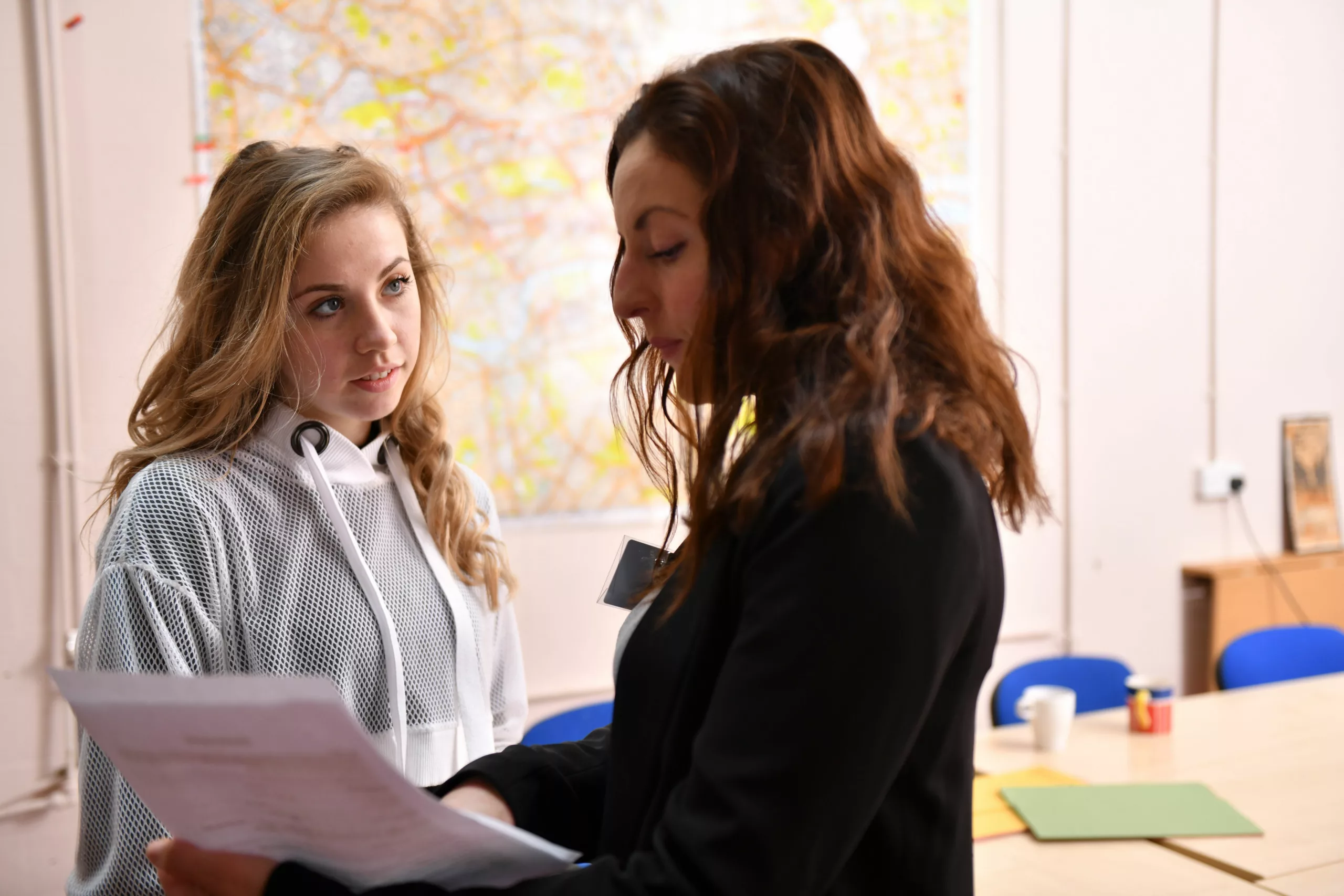
Scale and nature report
Our 2021 scale and nature report reviewed what we currently do and do not know from existing prevalence studies, alongside the latest official service data for that year. It found the gap between recorded experiences and estimated experiences of child sexual abuse could be widening. Download the full report below.

Improving data on child sexual abuse
Effective decision making to improve identification and responses to child sexual abuse relies on the data we use to inform it. This guide offers much-needed practical advice for organisations about the data they collect on child sexual abuse and how they should record it.
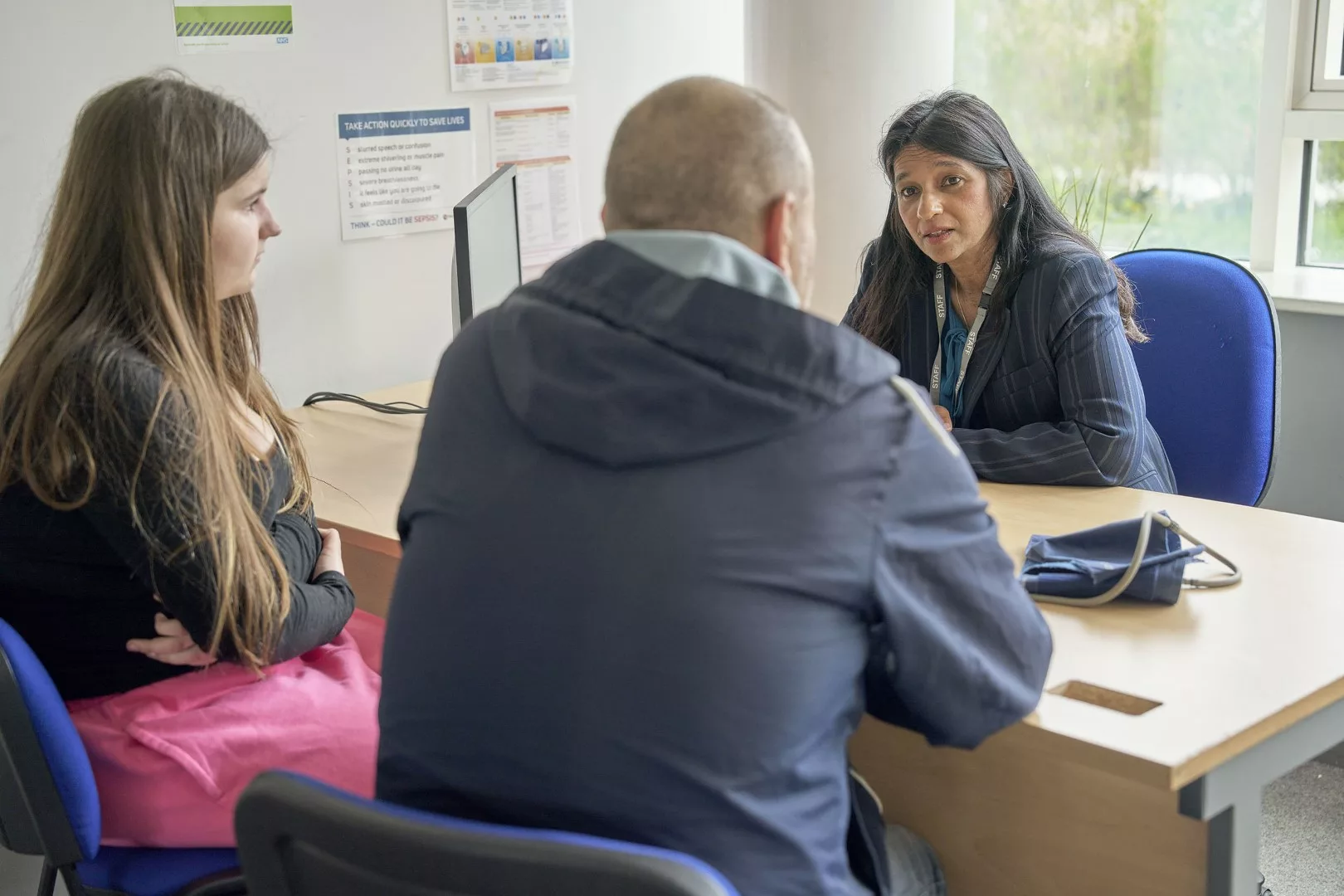
Learning about data collection from practice
Working with services in Wales and Greater Manchester, we examined existing reporting methods to explore how official agency data on child sexual abuse is currently recorded. We reviewed how these could be amended and adjusted to help professionals accurately reflect the scale of care needed.


